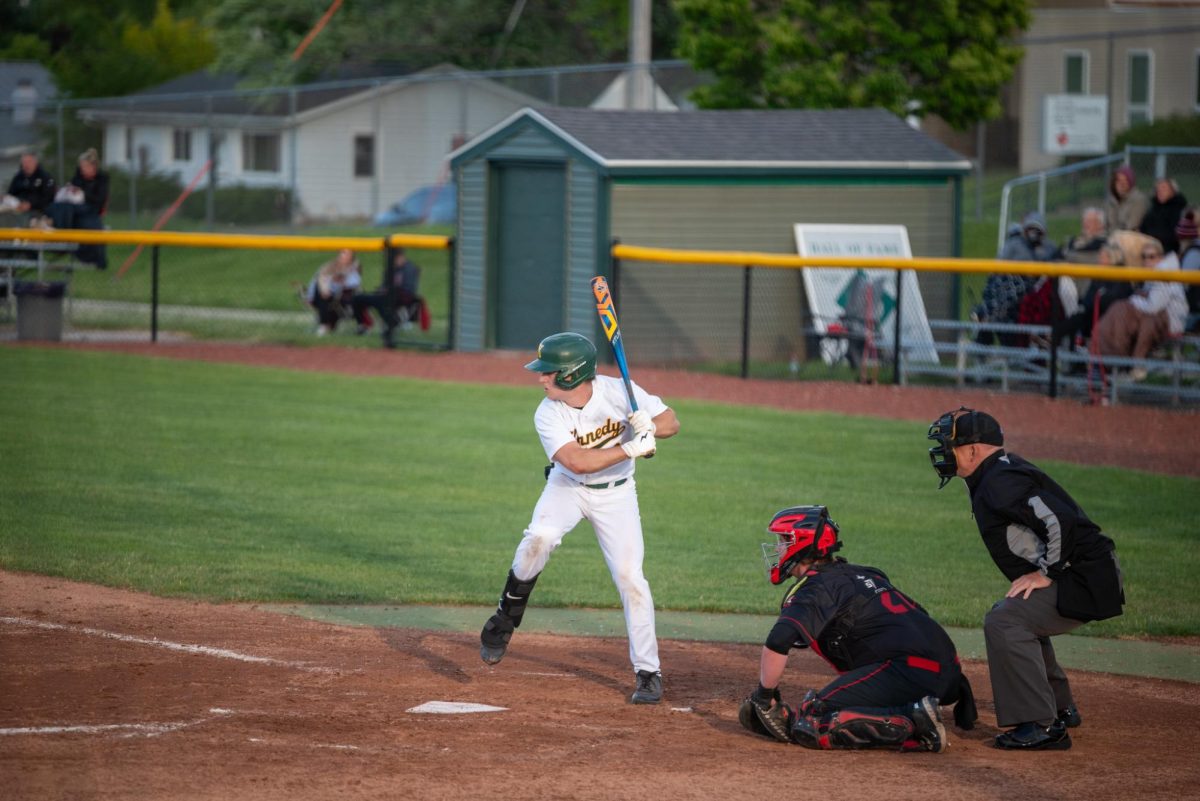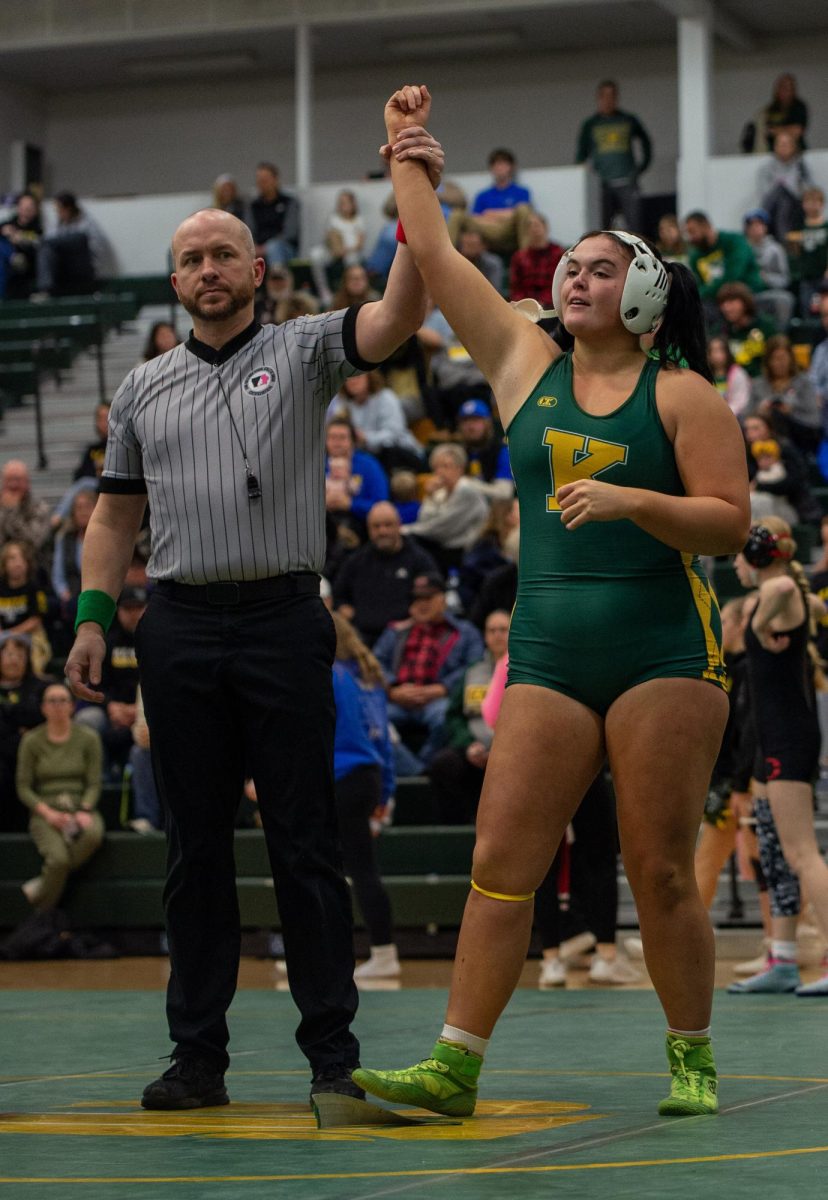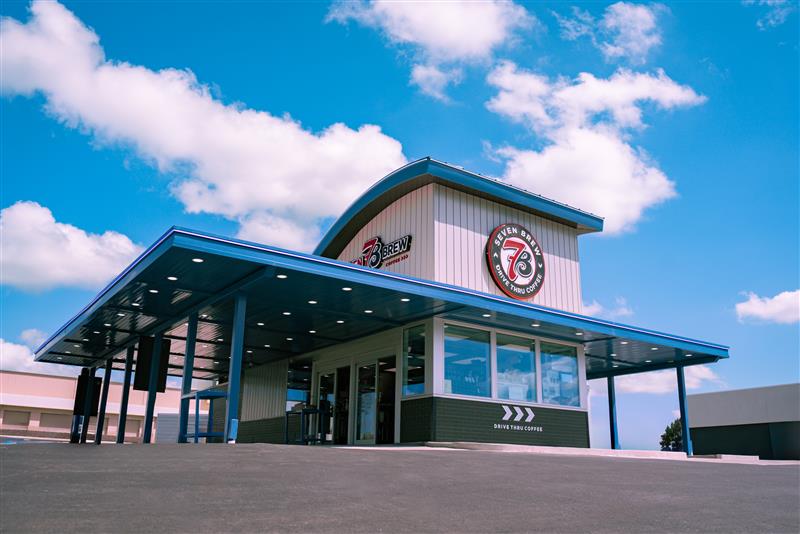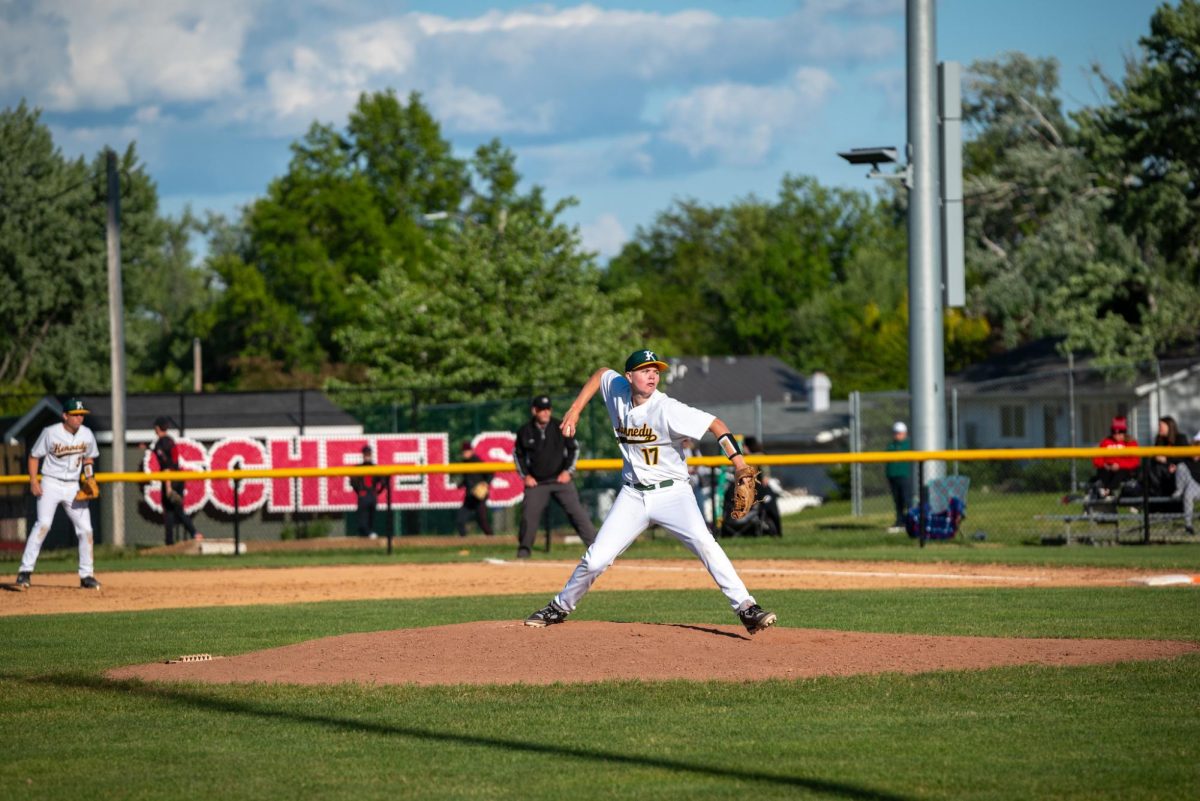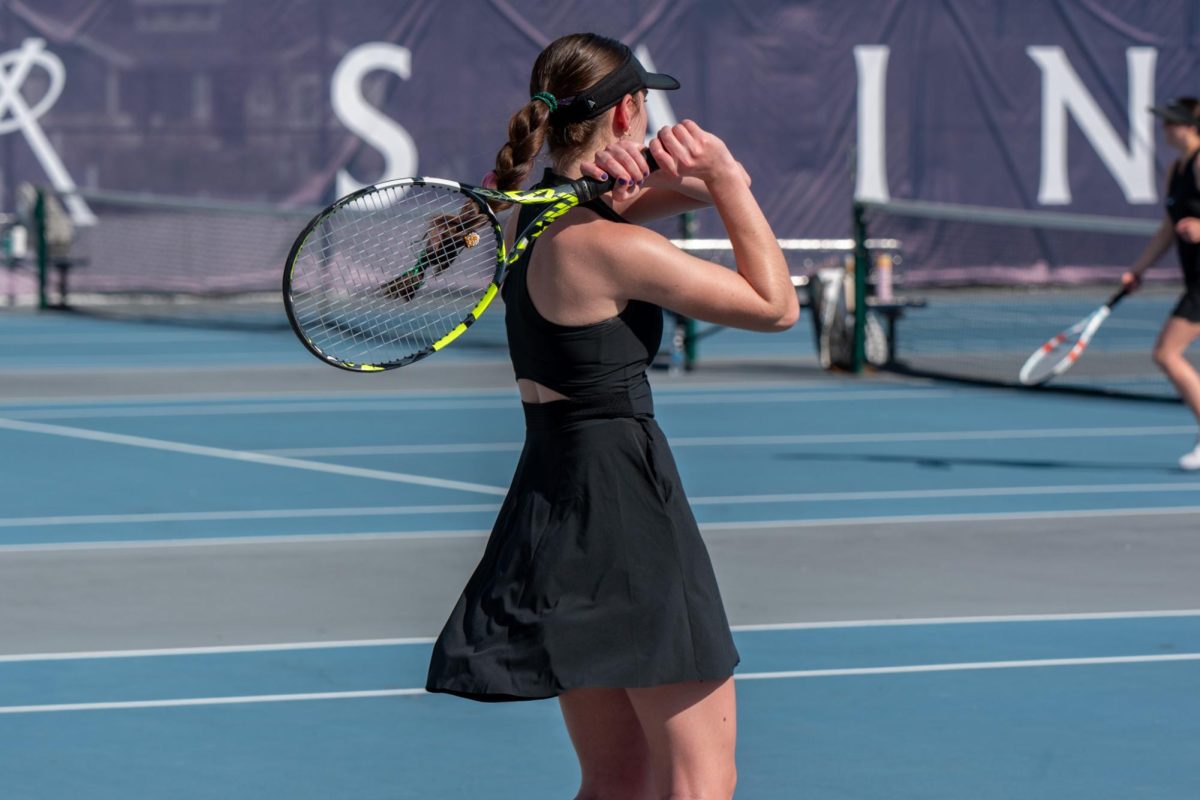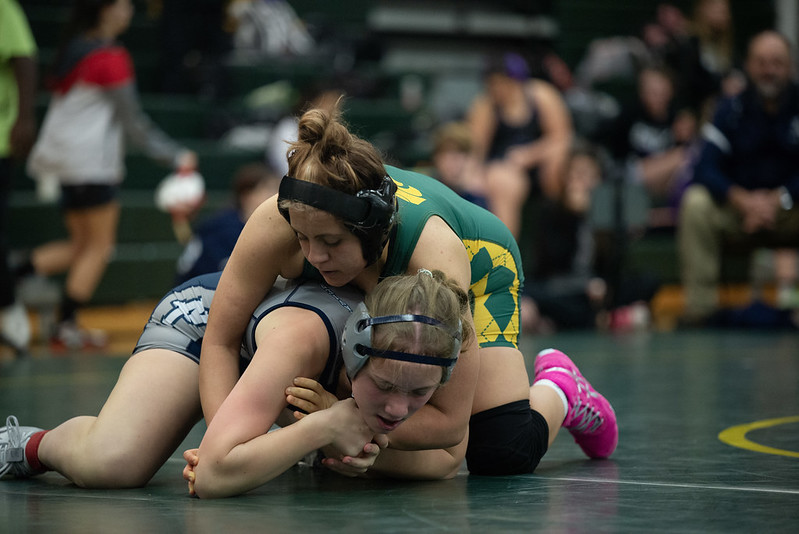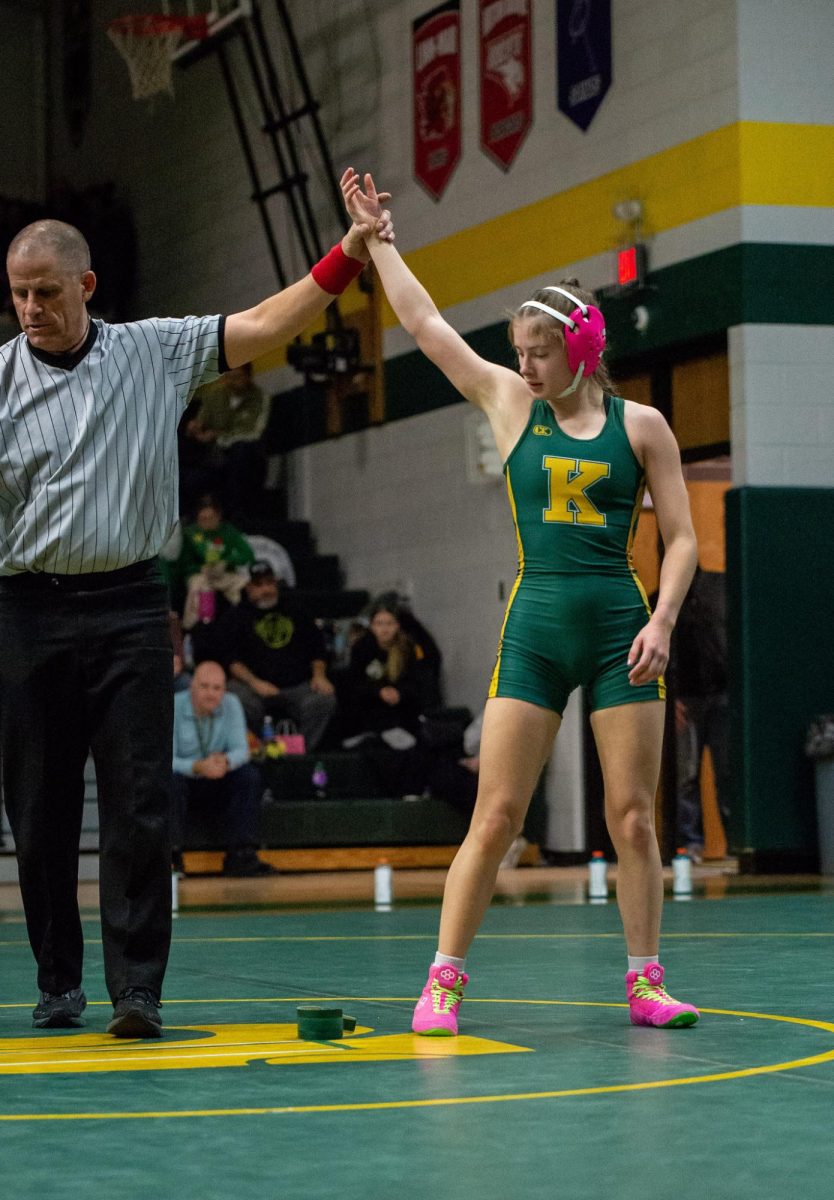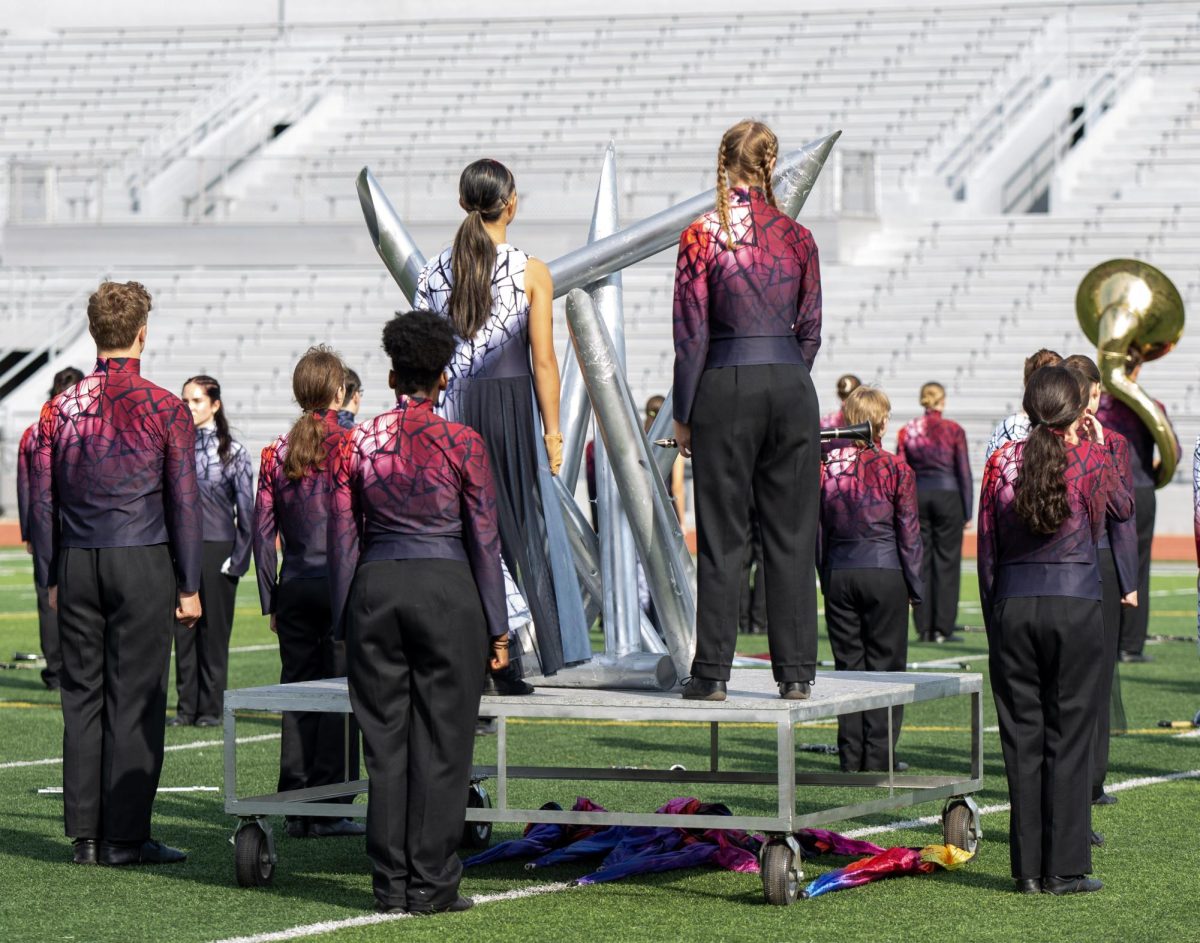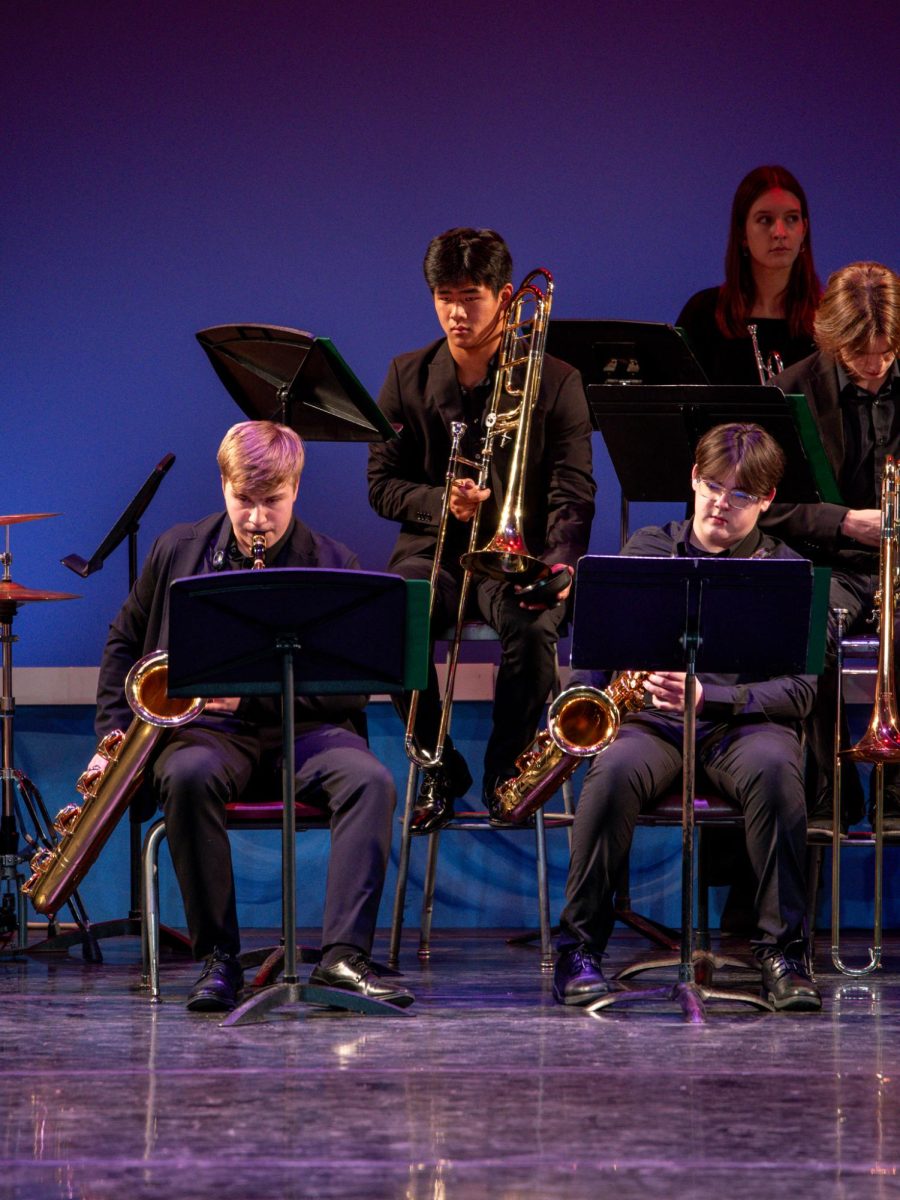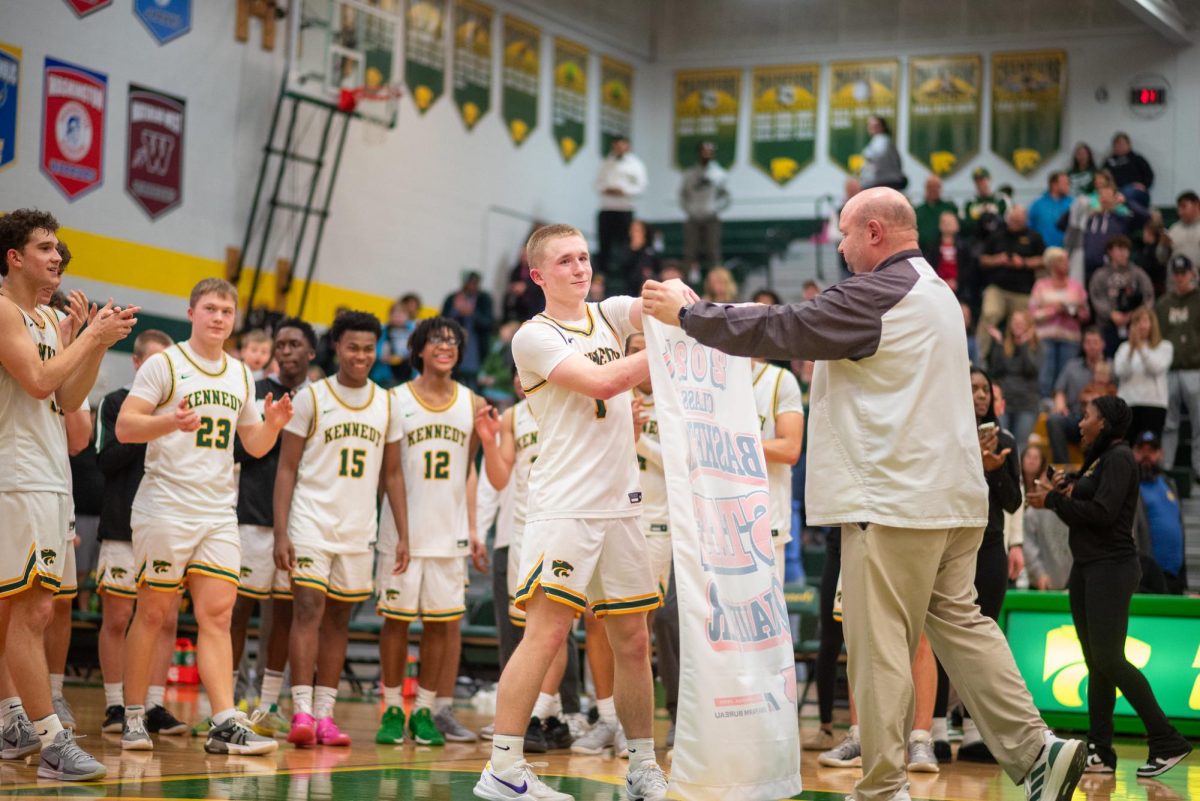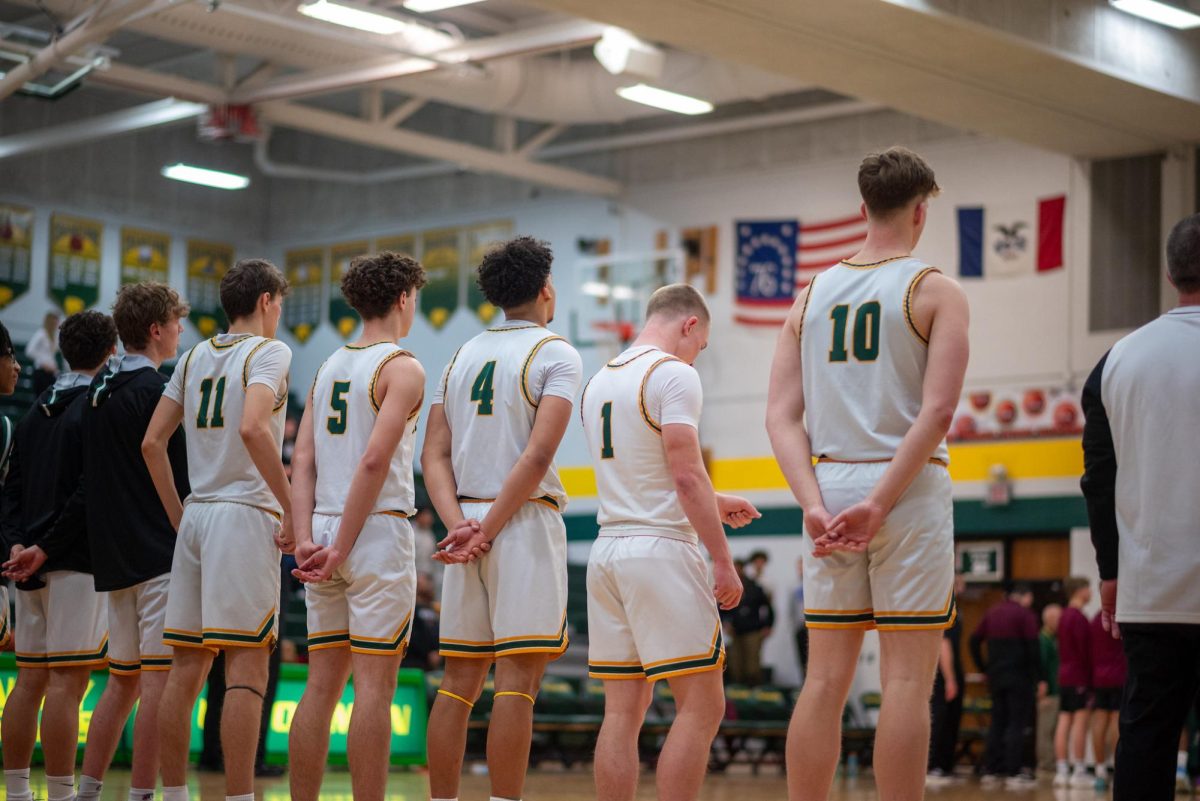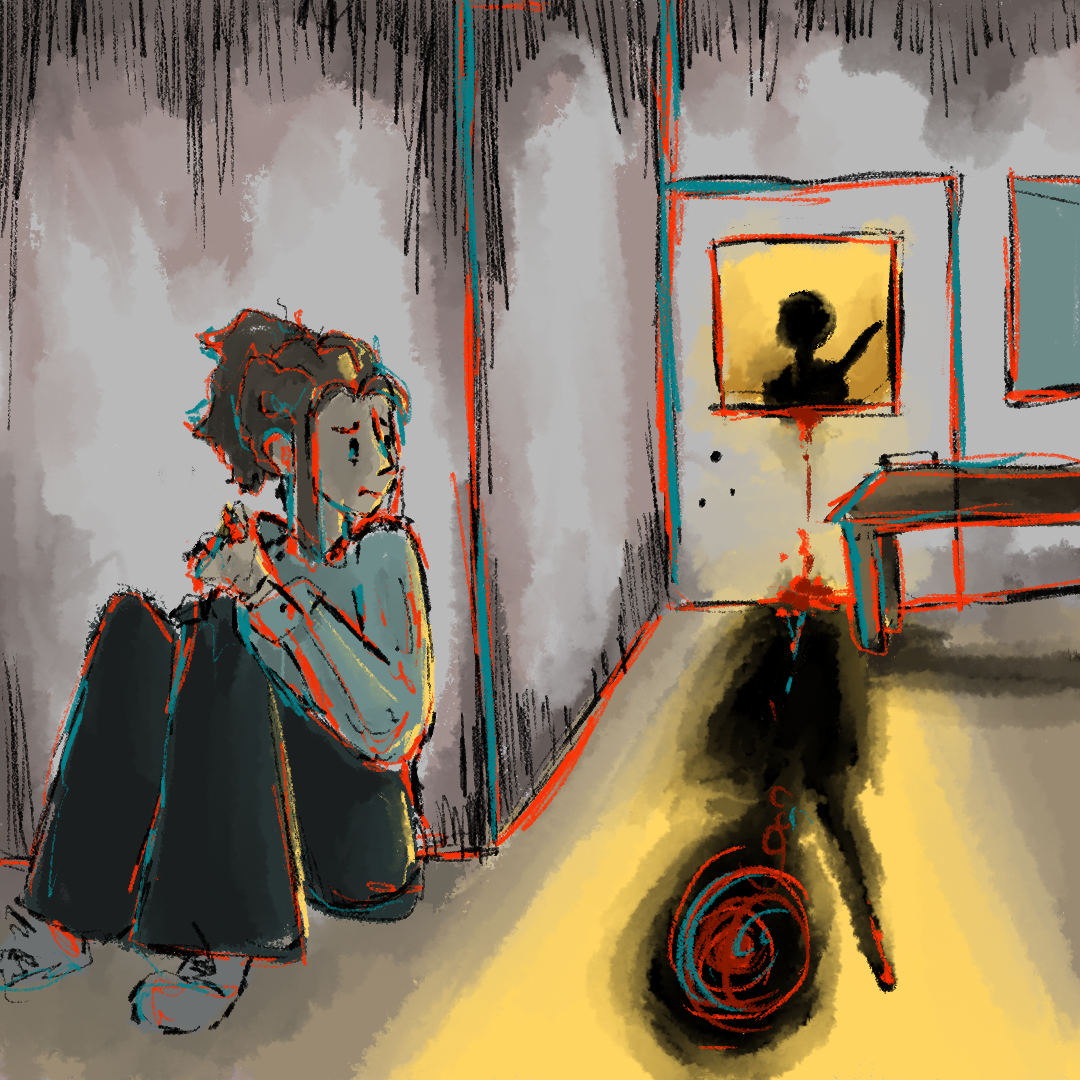A trend of increasing incidents of violence across Iowa school districts has concerning implications after the over 1,714 injuries and 1,967 assaults of the 2020-2021 school year alone. Around 8 in 1,000 students were predicted to cause a violent incident.
On Jan. 4, 2024, 17-year-old Dylan Butler took a pump-action shotgun along with other weapons into Perry High School. Butler fatally shot 11-year-old Ahmir Jolliff and principal Dan Marburger, injuring 11 others. The tragedy shook schools across Iowa as the threat of school shootings became all the more real.
“For the shooting in Perry last January, my heart goes out to them,” science teacher Jordan Witmer said. “Sadly it is a reminder that this type of violence can happen at any school.”
Amid school violence, Iowa’s legislators wrote laws that concern school safety, one being House File 2586. This bill makes it possible for teachers and staff with training to carry firearms on school property. The bill passed in April of 2023.
“I personally would not feel comfortable carrying a weapon within the school. It would make me nervous that there would be an accident or it would get in the wrong hands,” social science teacher Dana Melone said. “Most days I lose my coffee three times a class so I probably should not be wielding a weapon.”
An additional bill surrounding school violence topics passed in 2023 was House File 604. It states any acts of violence made by a student must be reported to the principal within 24 hours. It allows teachers to address threats or violent actions made by students to the ombudsman’s office, if not addressed by the school administration directly. This is a large change from the past because teachers are now required to report student violence, providing support for students who are victims of the situations and creating a safer space for students to grow.
“I personally have not dealt with much violence in the classroom but I would think violence would need a good operational definition in order for the bill to be utilized,” Melone said.
During the 2023-2024 school year, the Cedar Rapids Community School District (CRCSD) shut down due to social media threats against specific students and schools. These threats shocked students, staff and parents, leaving many of them afraid to enter school campuses.
“I was definitely uneasy about the social media threats, especially not being able to bring a backpack to school. It just made it seem so real,” senior Emma Clabaugh said. “I was glad to see how seriously they took it to keep us safe.”
After this incident, Kennedy High School took action. Administrators required students to carry strictly clear bags so that it was easier to identify any weapons. Staff members completed a thorough bag check at the main entrance. Students were only allowed to enter through the main entrance, no matter the time. This rule made it easier for staff to check students’ bags and watch students’ comings and goings should a threat arise. Police officers were stationed in high traffic points and at exits around the school while administrators checked athletic bags after school as athletes showed up to practice
Kennedy High School will continue to take action by prohibiting students from entering the school through any door other than the main entrance after 7:50 a.m. by implementing “door guards.” These door guards help prevent students from coming in or letting someone else into the school.
“Normally the South Lot doors are locked so it’s pointless to even try to get in,” Clabaugh said. “There’s usually a teacher or admin there if you found a way to get in, maybe another student opening the door, and they ask how you got in.”
The consequences for breaking these rules are a write-up or suspension. Staff members stand or sit by the different entrances to the building, the main issue being the South Lot entrance due to the constant flow of students from the parking lots attempting to come in after the 7:50 a.m. bell as well as other students who try to let their friends in.
Another precaution is having more hall monitors and stricter hallway rules. One of these new rules is the color pass you have concerning the area of the building. The pass color should align with the color area of the classroom and the nearest bathroom. This pass shows hall monitors where students are supposed to be.
“I think that the color pass system is working better than it was last year but there is always room for improvement,” Kennedy facilitator Mike LeMieux said. “We are noticing less people wandering in the hallways without passes and we are able to redirect students that are not in the area around their classrooms more effectively with the new font and size of the pass.”
The hall monitors have also gained walkie-talkies that allow them to talk to each other no matter where they are in the buildings. This allows staff members to contact others quickly if there is a danger in the building.
“We use the walkie-talkies to better communicate with each other in the building,” LeMieux said. “Sometimes it can be to locate each other, locate students, send messages that need a quick response and allows us to respond faster to potential safety concerns.”
Along with these procedures, drills have become more serious. With the semester requiring lockdown drills, teachers are now having students barricade doors with desks and tables. This was not something that was implemented in the past. The drill itself was also longer than before. This may be due to staff taking more time to check doors with the barricades being added.
“Last year, all staff did was try to get in the door so all we had to do was lock it. This year we had to barricade it and move things in front of the door. The staff tried to get in and listened for voices or other sounds,” sophomore Alexus Van Kerckhove said. “It makes me feel like they are trying to prepare us for something that could be coming.”
The fear of school violence is a concern that has and will continue to affect countless districts. Schools must acknowledge these issues and continue to address the growing concerns of many students, families and faculty. Creating a secure environment for students to learn might just be the difference between safety and liability.

